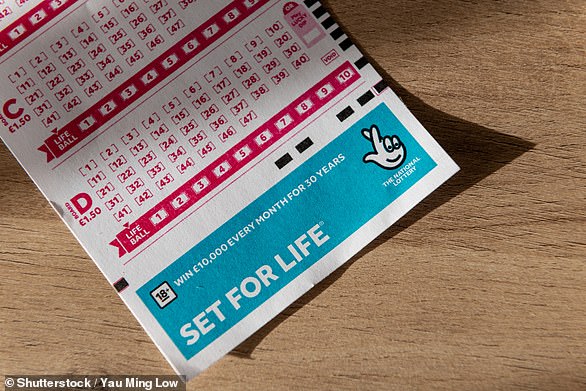Heads or tails? Coin tosses are NOT 50/50, scientists say – here’s how to boost your chance of choosing the right side
>
Whether it’s settling an argument or deciding who will kick off first in a football game, coin tosses have been used for centuries.
But when choosing between image or writing, you may want to rethink your assumption that the odds are 50/50.
This is because scientists have claimed that a natural bias occurs when the coins are flipped.
After flipping the coins more than 350,000 times, experts found that the side that was originally facing up returned to the same position 50.8% of the time.
This may not seem particularly important, but the experts behind the new research say it’s “conclusive evidence of same-side bias.”
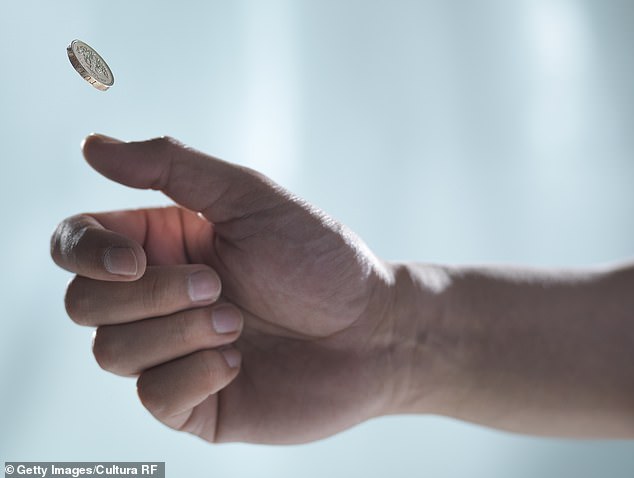
More physics than chance? Researchers led by the University of Amsterdam said their study provided “compelling evidence of same-side bias” when it comes to coin tossing.
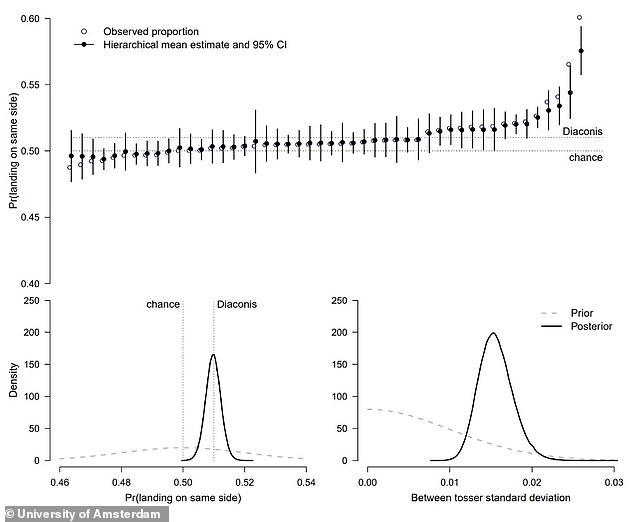
The numbers: They claimed that a natural bias occurs when coins are flipped, causing the side that was originally facing up to return to the same position 50.8 percent of the time.
The study was led by Frantisek Bartos, a PhD candidate in psychological methods at the University of Amsterdam, who said the importance of bias becomes even more evident in the world of gambling.
“If you bet a dollar on the outcome of a coin flip 1,000 times, knowing the starting position of the coin flip will earn you $19 on average,” he wrote on X, formerly known as Twitter.
“This is more than the house edge in six-hand blackjack against the optimal player ($5), but less than that in one-zero roulette ($27).”
Bartos and his team flipped the coin 350,757 times as part of the research.
“About a year ago, we set out on a quest to answer one of our most interesting questions: If you flip a coin and hold it in your hand, what is the probability that it will land on the same side you started on?” He posted on X.
“Today, we are finally ready to share the results.”
Bartos said the study results showed “convincing statistical support” for the “physical model of coin toss,” which was first proposed by Stanford mathematician Percy Diaconis in 2007.
He came to the conclusion that “when people toss an ordinary coin, it tends to land on the same side on which it started.”
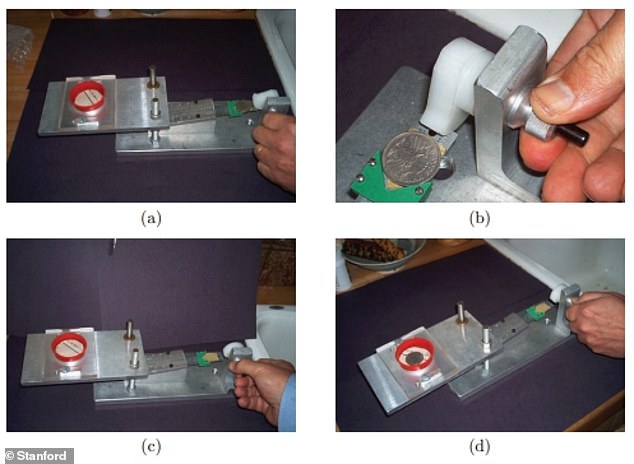
Another researcher, Stanford mathematician Percy Diaconis, first realized that coin tossing was not random after he and his colleagues were able to rig a coin flipping machine to get a coin to land on heads every time (pictured).
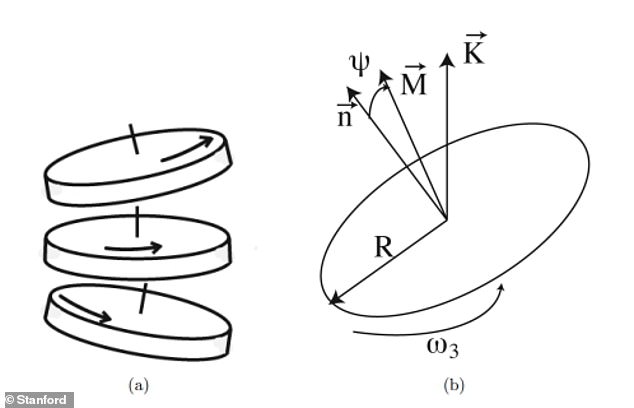
Theory: Diaconis suggested that randomness is due to the fact that when a human flips coins, there are a number of different movements that the coin is likely to make.
Diaconis estimated that the same side’s score was 51 percent.
“Our data provide strong support for this accurate prediction, as coins landed on the same side more often than not,” Bartos wrote in his paper.
Diaconis first realized that coin flips were not random after he and his colleagues were able to rig a coin flipping machine to get a coin to land on heads every time.
He and his team then asked humans to do the same thing over and over again, and record the results with a high-speed camera.
Although the results were a bit more random, they ended up with a margin of 51-49 percent.
Diaconis noted that the randomness is due to the fact that when humans toss coins, there are a number of different movements that the coin is likely to perform.
For example, show how coins move not only end-to-end, but also in a circular motion, like tossing a pizza.
He also found that there are ways of flipping a coin where it appears to be rolling in the air, but in reality it is not moving at all.
Diaconis demonstrated this by attaching a ribbon to a coin and showing how the ribbon would remain flat in four out of 10 cases after the coin was picked up.
So he and his team concluded that coin tossing was about “physics” and not just “randomness.”
“Naturally tossed coins obey the laws of mechanics and their flight is determined by their initial conditions.” The researchers wrote in their paper.
Bartos agreed.
‘sLateral bias arises from “Off-axis rotation (i.e., precession or oscillation), which can reasonably be assumed to vary between people,” he and his team wrote in a pre-print study published in arXiv.
‘Future work might attempt to investigate whether “fluctuating throwers” show a more pronounced bias to the same side than “stable throwers.”
Either way, next time you flip a coin, you might want to consider peeking at the facing-up side – that might give you a little edge over the “50/50” odds.
(Tags for translation) Daily Mail

